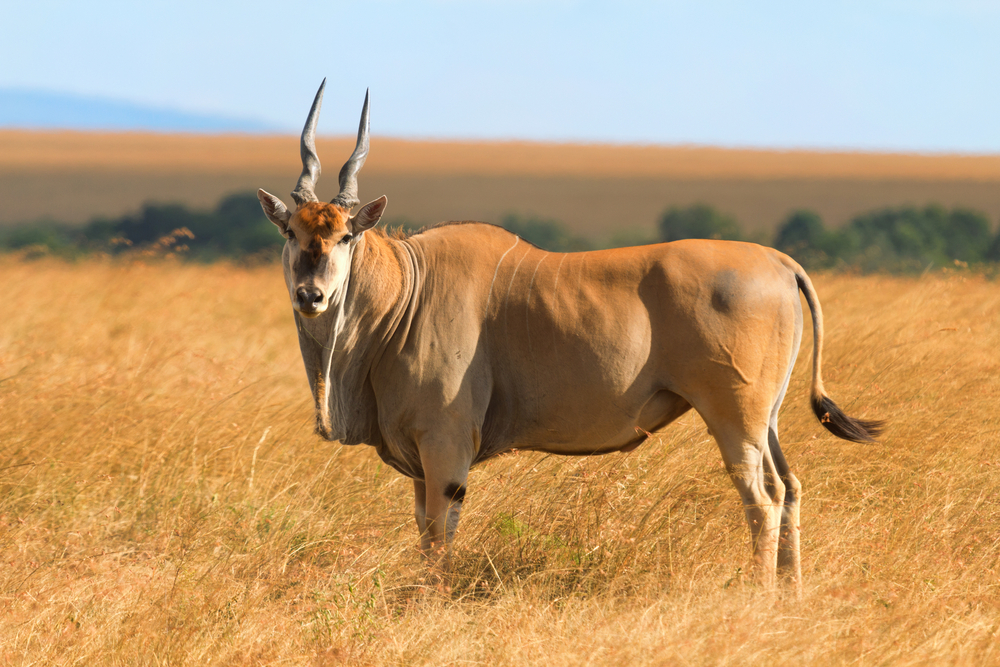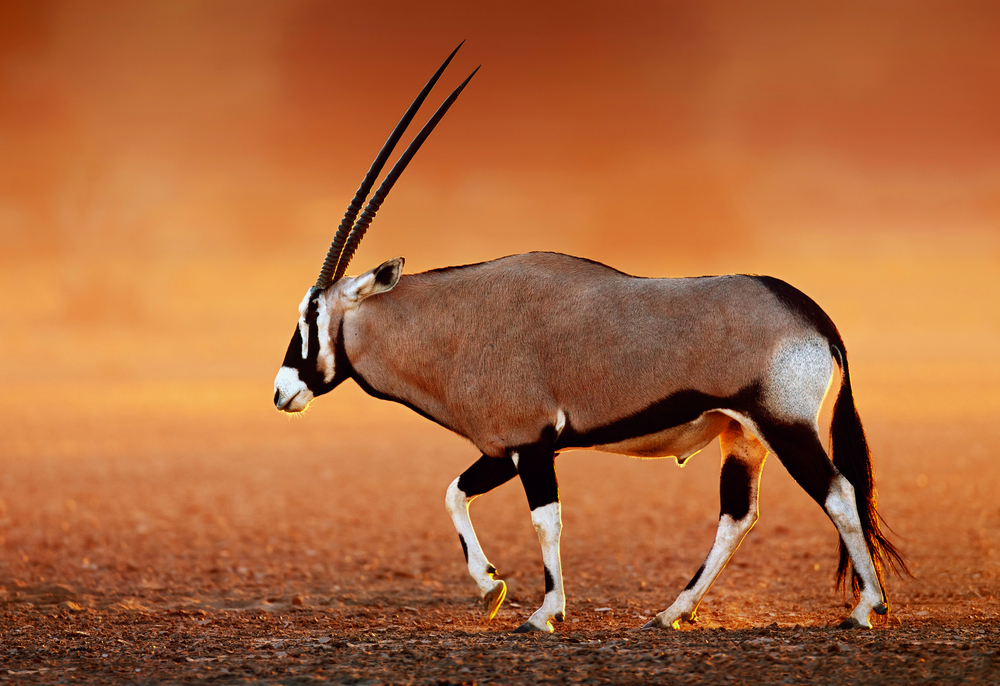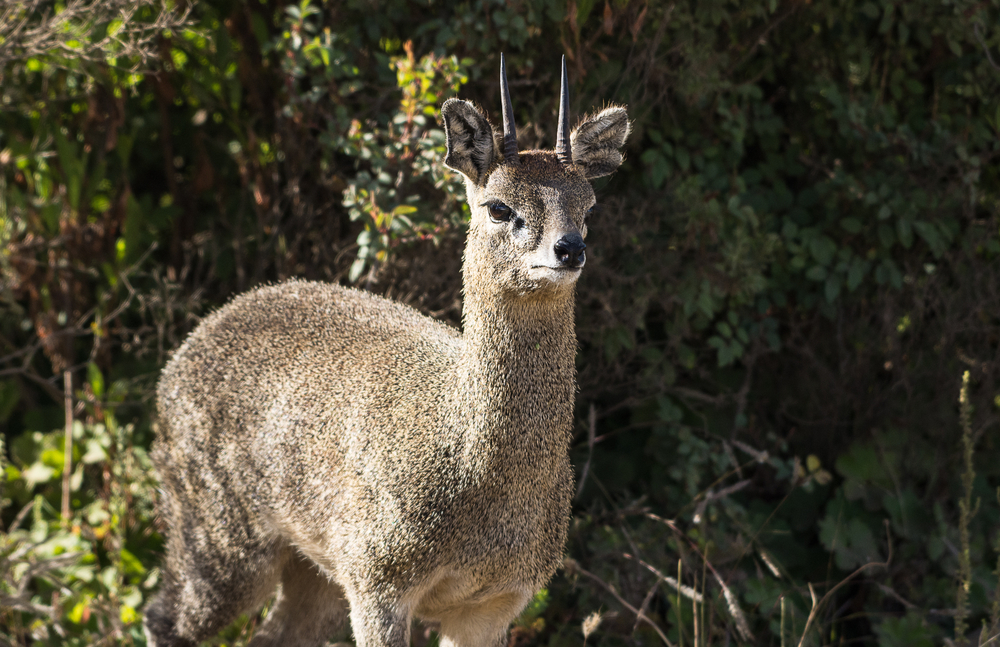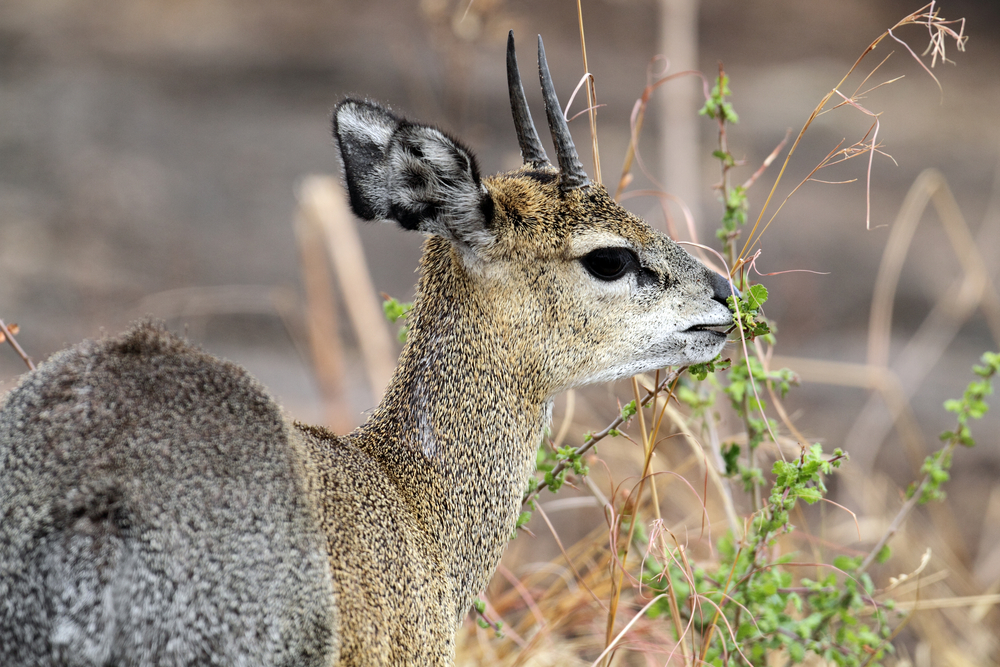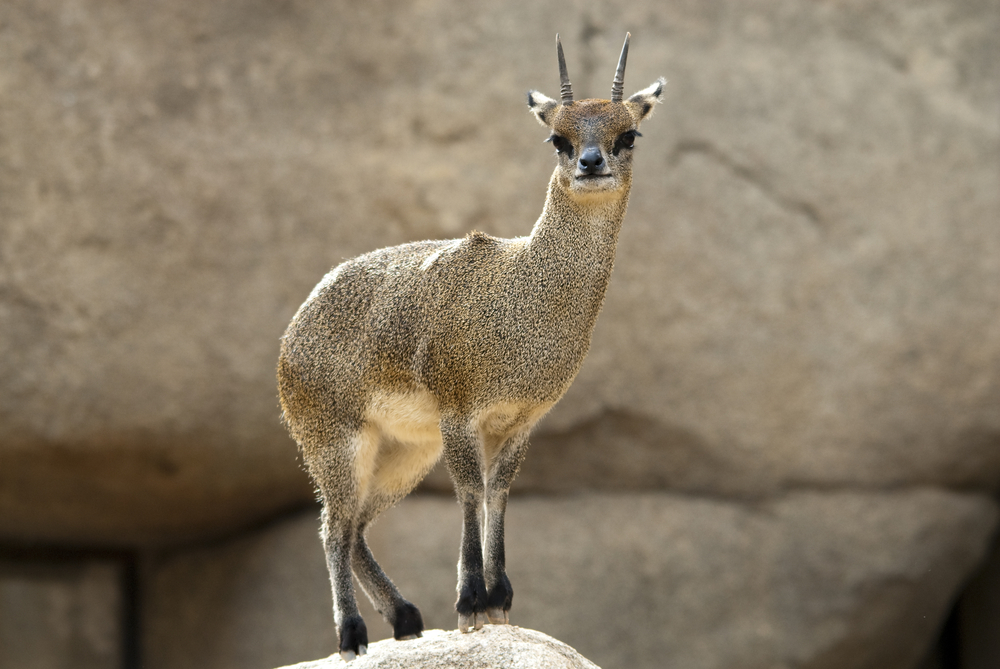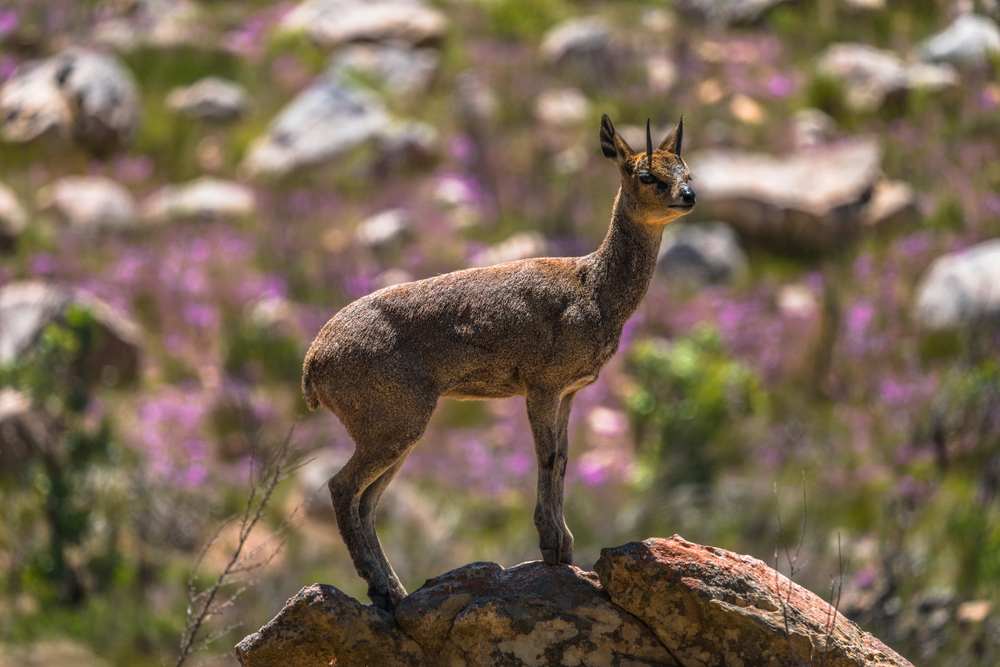Klipspringers (Oreotragus oreotragus) are distinctive antelope species with several unique features and adaptations that set them apart from other antelopes. Here’s a comparison of Klipspringers with other antelope species:
- Habitat:
- Klipspringers are specially adapted to rocky environments and are commonly found on cliffs, steep slopes, and rocky outcrops. In contrast, many other antelope species inhabit grasslands, savannas, woodlands, or forests.
- Size:
- Klipspringers are among the smallest antelope species, standing at around 20 to 24 inches (50 to 60 centimeters) at the shoulder. In contrast, other antelope species can vary greatly in size, from small to large, depending on the species.
- Appearance:
- Klipspringers have a dense, coarse coat that helps them blend into rocky backgrounds, often with coloration ranging from grayish-brown to reddish-brown. Their distinctive, straight, and ridged horns are relatively short.
- Other antelope species exhibit a wide range of coat colors, patterns, and horn shapes specific to their species.
- Behavior:
- Klipspringers are often solitary or found in monogamous pairs, which is in contrast to many other antelope species that form larger herds. Their behavior reduces competition for food and resources in their rocky habitats.
- Other antelope species may form large mixed-sex herds, bachelor groups, or maternal groups.
- Diet:
- Klipspringers are highly selective grazers, focusing on the most nutritious and palatable vegetation available. Their specialized feeding behavior helps them obtain the best-quality plants.
- Other antelope species exhibit a range of dietary preferences, including grazers, browsers, and mixed feeders, and their food choices vary based on species and habitat.
- Horns:
- Both male and female Klipspringers have short, spike-like horns that are characteristically straight and ridged.
- Other antelope species have a wide variety of horn shapes, sizes, and configurations specific to each species, with males typically having larger and more elaborate horns.
- Leaping Abilities:
- Klipspringers are known for their exceptional leaping abilities, allowing them to navigate rocky terrains and evade predators. Their agility is adapted to their rocky habitats.
- While other antelope can run and jump when necessary, Klipspringers’ leaping abilities are particularly well-suited to their environment.
- Water Dependency:
- Klipspringers are water-dependent herbivores and require regular access to freshwater sources for drinking.
- Other antelope species may exhibit varying degrees of water dependency, with some being more adapted to arid environments.
Klipspringers’ specialization for life in rocky habitats, unique size, and adaptations make them distinct among antelope species. Each antelope species has evolved to thrive in its specific ecological niche, resulting in a diverse array of behaviors, appearances, and dietary preferences among these fascinating mammals.































































